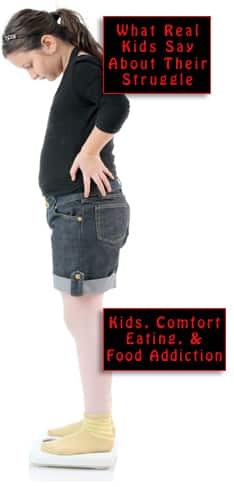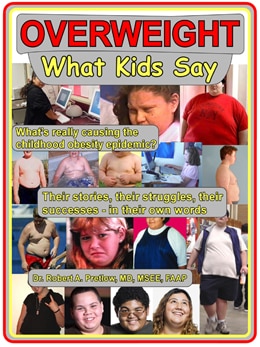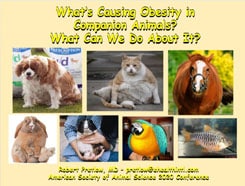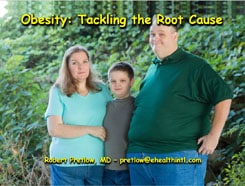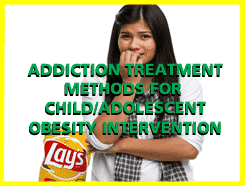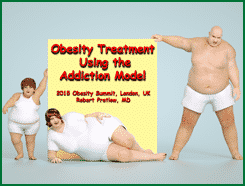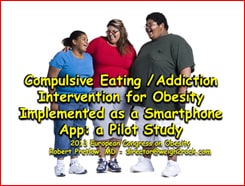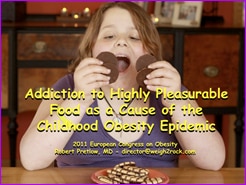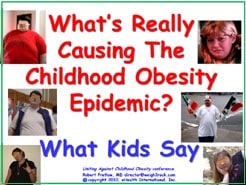
Obesity is a growing health concern that often begins in childhood and continues into later life. Half of children with obesity stay obese into their teen years, and about 80% of those teens carry it into adulthood.
Despite the long-term nature of obesity, current clinical guidelines are usually split into rigid age categories. A recent review in Obesity Reviews analyzed existing obesity guidelines and found both overlaps and notable differences between recommendations for adults and children. The review looked at 39 guidelines issued between 2017 and 2023, containing a total of 1,248 specific recommendations.
The researchers found a lack of robust, adolescent-specific recommendations. This age group, caught between childhood and adulthood, often falls through the cracks.
Guideline differences
One major difference lies in how BMI is evaluated. Children’s BMI is measured using percentile curves that change with age and development, while adults use fixed BMI thresholds. For exercise, adults are advised to do both aerobic and strength training, while adolescents are typically only guided toward aerobic activity. Likewise, adults are given dietary options like low-calorie and low-carb diets or meal replacements, but these are largely absent — or even discouraged — for adolescents.
One reason for the limited dietary recommendations for teens is concern about how restrictive diets might impact growth. Still, a 2019 meta-analysis suggests such diets can work for adolescents, though more long-term research is needed.
When it comes to setting goals, pediatric guidelines recommend a slow and steady decrease in BMI, whereas adult guidelines often aim for a 5-10% reduction in body weight within six months. For children and teens, family involvement plays a big role in success, while adult patients are encouraged to focus on personal responsibility and education around health.
The report also highlighted a gap in guidance around metabolic and bariatric surgery (MBS) for teens. While surgery is suggested for teens with a BMI over 50, adults qualify at a BMI of 40. Few adolescent-specific recommendations exist due to a lack of research, though the authors expect more data to emerge in the coming years as obesity rates among teens rise.
The common ground
Despite these gaps, the review did identify some common ground. Both age groups are advised to have annual BMI screenings, undergo assessments for eating disorders and other obesity-linked conditions, and consider cognitive behavioral therapy. When surgery is being considered, both sets of guidelines support a team-based, multidisciplinary approach.
Your responses and feedback are welcome!
Source: “Obesity Guidelines Differ for Adult, Pediatric Patients,” AJMC, 6/13/25
Source: “Discrepancies Between Recommendations in Evidence-Based Guidelines for the Management of Obesity in Adolescents and Adults: An Evidence Map,” Obesity Reviews, 5/27/25
Image by Moe Magners/Pexels

 FAQs and Media Requests:
FAQs and Media Requests: 